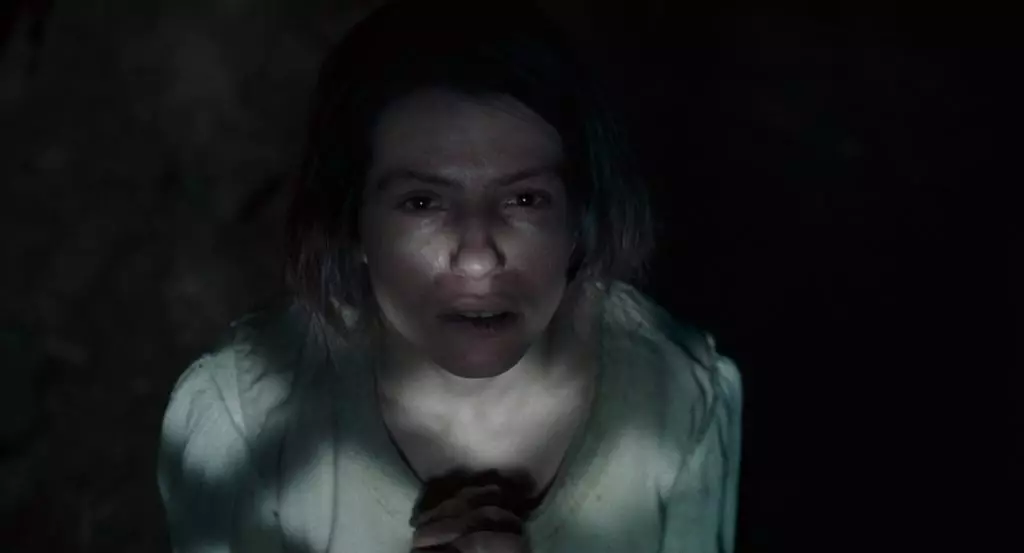Agnes, a young bride in the 1750s, finds herself trapped in a loveless marriage in the unforgiving Austrian forest. Her husband, Wolf, shows no interest in her, leaving Agnes to seek solace in her prayers and the eerie depths of the woods. Battling the expectations of motherhood and endless chores, Agnes spirals into a dark madness that consumes her every waking moment. Her plea for help falls on deaf ears, as her only escape seems to be through death.
Directed by Veronika Franz and Severin Fiala, “The Devil’s Bath” serves as a chilling reminder of the oppressive societal norms and superstitions that plagued women in the 18th century. Agnes’s struggle to fulfill her role as a wife and mother is met with disdain and cruelty from her mother-in-law, leaving her isolated and broken. The specter of suicide looms large, with the local priest’s warning echoing in Agnes’s mind as she grapples with her own inner demons.
A Harrowing Journey into Madness and Redemption
As Agnes’s mental state deteriorates, the film delves into the depths of despair with unflinching realism. The directors paint a vivid portrait of a woman on the brink of collapse, surrounded by a world that offers no solace or sanctuary. Agnes’s journey towards redemption is fraught with pain and suffering, culminating in a desperate act that offers her a fleeting moment of release from her torment.
Anja Plaschg delivers a raw and compelling performance as Agnes, capturing the character’s torment and anguish with heartbreaking authenticity. Plaschg’s portrayal of Agnes’s inner turmoil is both captivating and devastating, drawing the audience into her harrowing plight with a sense of urgency and empathy. As a musician turned actress, Plaschg brings a unique perspective to the role, infusing Agnes with a sense of depth and complexity that is truly mesmerizing.
“The Devil’s Bath” not only serves as a haunting tale of one woman’s descent into madness, but also as a powerful commentary on the enduring legacy of oppression and despair. The film sheds light on the hidden history of women who sought refuge in death as a means of escape from a world that offered them no hope or salvation. As the credits roll, a sobering note reminds us of the countless women who suffered in silence, their stories buried beneath the weight of centuries of indifference and neglect.

